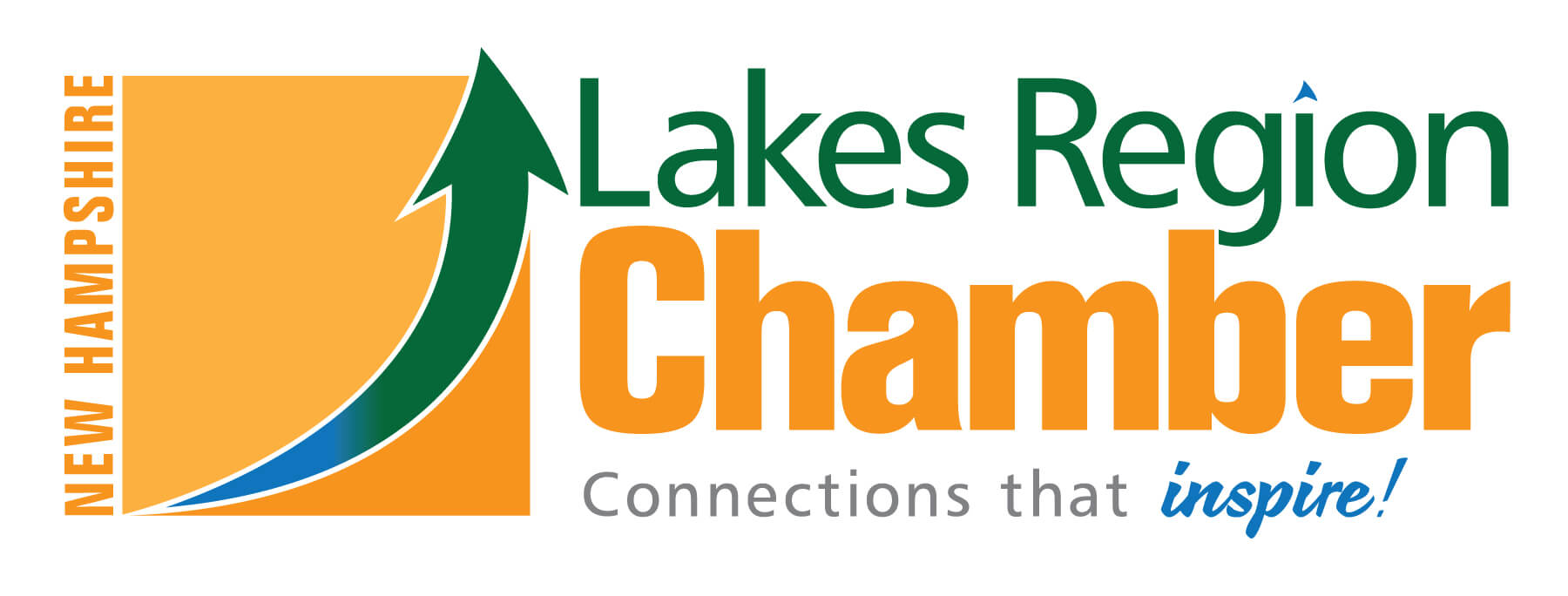Change is the one thing your business and your market have in common. What worked last quarter might already feel outdated, and the way customers interact with your brand today could be completely different six months from now. Scaling your market research isn’t just about gathering more data—it’s about making sure that data stays sharp, relevant, and actionable as your business evolves. The old methods of static reports and once-a-year deep dives won’t cut it. You need a research strategy that moves at the speed of your industry, adapts to new consumer behaviors, and sharpens your decision-making in real time.
Go Beyond Traditional Consumer Surveys
Surveys have their place, but if they’re the backbone of your market research, you’re working with a serious blind spot. Consumers aren’t always great at articulating their own behaviors, and by the time you’ve collected responses and analyzed them, the landscape may have already shifted. Instead of relying solely on direct feedback, lean into behavioral data—how people browse your site, where they drop off in the buying process, and what they actually do versus what they say they’ll do. Pairing survey results with real-world actions creates a fuller picture of your market.
Turn Competitor Analysis into a Continuous Process
Keeping an eye on competitors shouldn’t be something you do only when launching a new product or adjusting pricing. Industries are more fluid than ever, with emerging players disrupting markets at a faster rate. Build a system for ongoing competitor tracking, whether through automated alerts, social listening, or regular deep dives into their strategies. Don’t just monitor what’s happening—analyze why it’s happening and how it influences your own positioning. The best market research doesn’t just inform; it helps you stay a step ahead.
Leverage AI Without Losing the Human Element
AI-powered tools can process mountains of market data in a fraction of the time it would take a human team. But raw data, no matter how efficiently gathered, is meaningless without interpretation. AI can spot trends, predict customer behavior, and automate tedious research tasks, but you still need real-world context to separate insights from noise. Use AI to scale your research efforts, but let human intuition and expertise guide the narrative behind the numbers. Data without storytelling is just a spreadsheet.
Use Social Listening as a Key Intelligence Tool
If you want to know what customers care about today, you won’t find it in last quarter’s sales report—you’ll find it in real-time conversations. Social media, forums, and online communities are gold mines for unfiltered consumer sentiment. People are more honest in casual discussions than they are in formal surveys, making social listening an invaluable tool for tracking emerging trends, identifying pain points, and understanding the emotional drivers behind purchasing decisions. Set up systems to monitor these conversations regularly and adapt your strategy accordingly.
Make Insights Actionable Across Your Team
Gathering market research is only half the battle—the real impact comes from how well you share those insights with your team. Clear, organized reporting ensures that everyone, from leadership to frontline employees, can make informed decisions based on the data. If you’re tabulating your market research results in Excel, you can use an online converter to turn it into a PDF, making it easier to distribute and reference later. Check this out for more info on the best ways to streamline your reporting process.
Build a Research Culture, Not Just a Department
Too often, market research is treated as a separate function, siloed off in a department that only delivers insights when requested. But to truly scale research, it has to be embedded in your company’s culture. Everyone, from product developers to marketers to customer service reps, should be engaged in gathering and interpreting customer insights. Make market research a shared responsibility, and you’ll have a company that naturally adapts to the ever-changing needs of your audience.
The best market research strategies aren’t just bigger—they’re smarter, faster, and more embedded in the daily workings of a business. Scaling research isn’t about drowning in data; it’s about making sure your insights evolve with your market. As consumer habits shift, competitors move, and industries change, your research approach should be just as dynamic. Stay curious, stay agile, and treat market research not as a task to complete, but as an ongoing conversation with your audience. That’s how you keep your business ahead of the curve.
Discover the vibrant community and endless opportunities in the Greater Lakes Region by joining the Lakes Region Chamber today, and become part of a thriving network that connects and empowers local businesses!







